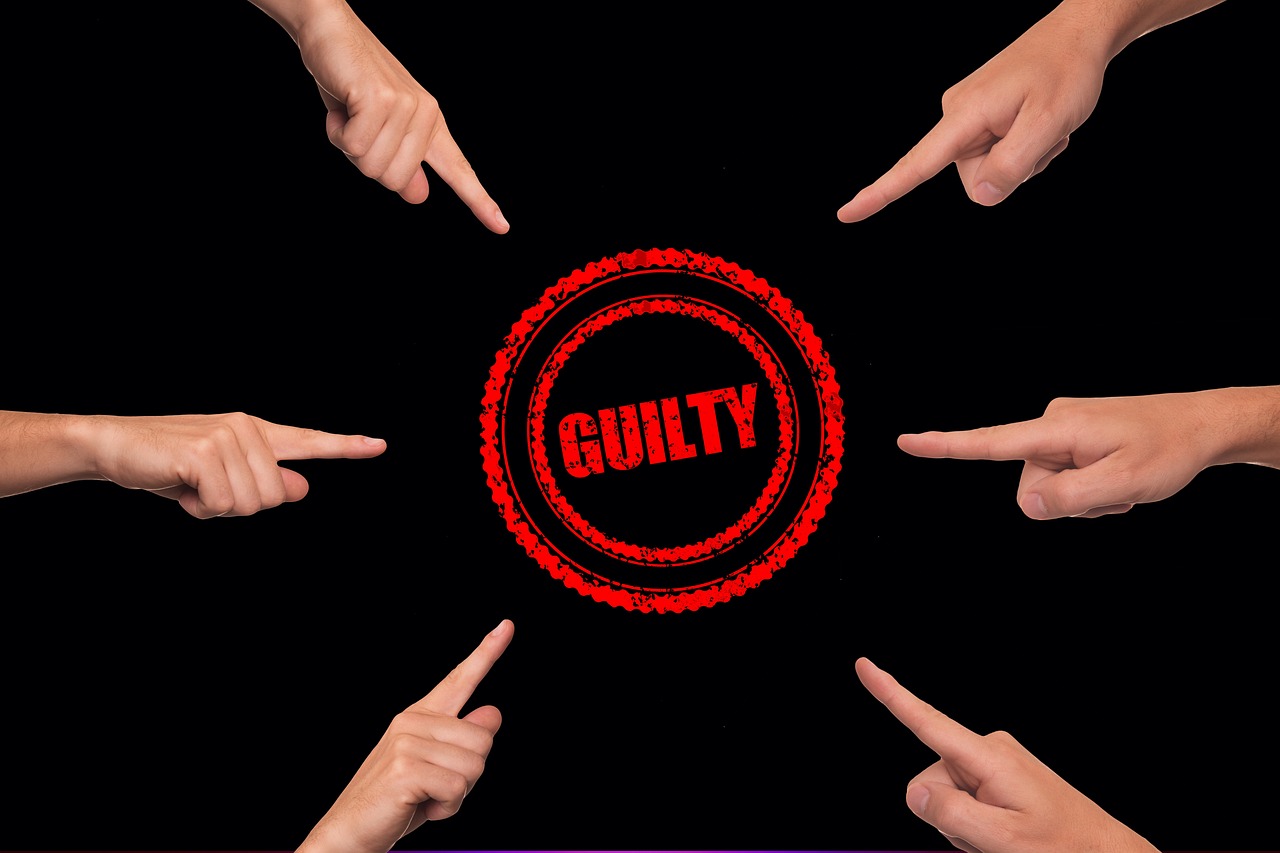
In a world where truth and deception often intermingle, the ability to discern guilt from innocence becomes a crucial skill. Whether you’re a concerned friend, a parent, or just curious about human behavior, understanding the signs of guilt can provide valuable insights into a person’s emotions and intentions. In this article, we will explore some common cues that may indicate someone is feeling guilty and delve into the psychology behind these behaviors.
1. Nonverbal Cues:
Human beings communicate a significant portion of their emotions through nonverbal cues, and guilt is no exception. Pay close attention to these signs, which may hint at someone’s guilty conscience:
a. Avoiding Eye Contact: Guilty individuals may struggle to maintain direct eye contact. Their discomfort can stem from the fear of being exposed or a sense of shame.
b. Nervous Gestures: Fidgeting, playing with hair, or tapping fingers may indicate anxiety, which could be linked to feelings of guilt.
c. Defensive Body Language: Crossing arms, hunching shoulders, or leaning away may signify a subconscious attempt to create a barrier between themselves and the accuser.
d. Inconsistencies in Facial Expressions: A person’s facial expressions might not align with their words, revealing inner turmoil. A forced smile or strained expression can be telling.
2. Verbal Clues:
Words can also provide valuable insight into a person’s emotional state. Listen carefully for these verbal cues:
a. Defensiveness: Guilty individuals may become defensive when questioned. They may react with anger or frustration to deflect attention from their actions.
b. Overexplaining: Offering excessive details or explanations could be a sign of overcompensation, as they try to divert attention from their guilt.
c. Hesitation and Stammering: Pauses, stammering, or a noticeable hesitation while speaking could indicate that someone is carefully crafting their responses to avoid incriminating themselves.
d. Reluctance to Provide Details: A guilty person might be evasive or reluctant to provide specific information about the situation in question.
3. Behavioral Changes:
Significant shifts in a person’s behavior may raise suspicions of guilt. Look out for these changes:
a. Isolation: Someone who is feeling guilty might isolate themselves from others to avoid confrontation or scrutiny.
b. Altered Routine: Sudden changes in daily habits or routines could indicate an attempt to distance themselves from the situation that’s causing guilt.
c. Avoidance: Guilty individuals might steer clear of certain places, people, or topics to escape reminders of their actions.
4. Emotional Indicators:
Emotions play a central role in revealing guilt. Watch for these emotional cues:
a. Excessive Guilt or Shame: If someone is displaying an unusually high level of guilt or shame, it could be an indication of their involvement in a particular incident.
b. Anxiety and Unease: Guilt can trigger heightened anxiety and a general sense of unease, which may manifest through restlessness or a visible sense of discomfort.
c. Changes in Emotional Expression: Guilty individuals might exhibit mood swings or emotional shifts, as they struggle to process their feelings.
Recognizing signs of guilt involves a delicate balance between observation and empathy. While these cues can provide valuable insights, it’s important to remember that they are not foolproof indicators of guilt. People may exhibit similar behaviors for various reasons, including stress, anxiety, or personal struggles. Approach any situation with compassion and a desire to understand before passing judgment. Ultimately, a combination of careful observation, thoughtful questioning, and open communication can help shed light on the truth and promote understanding.





